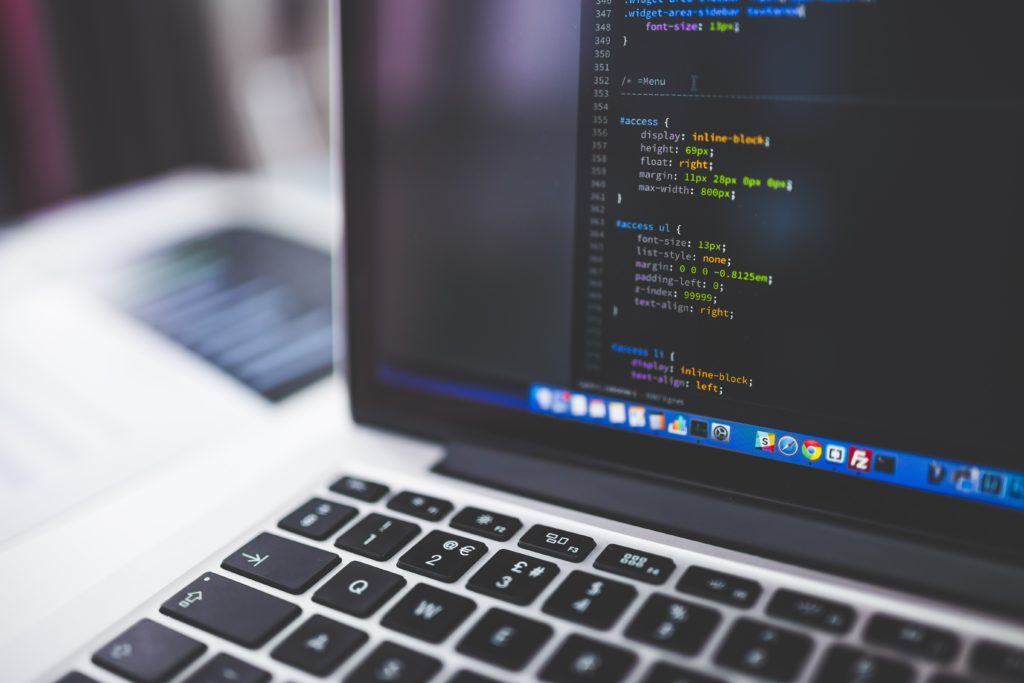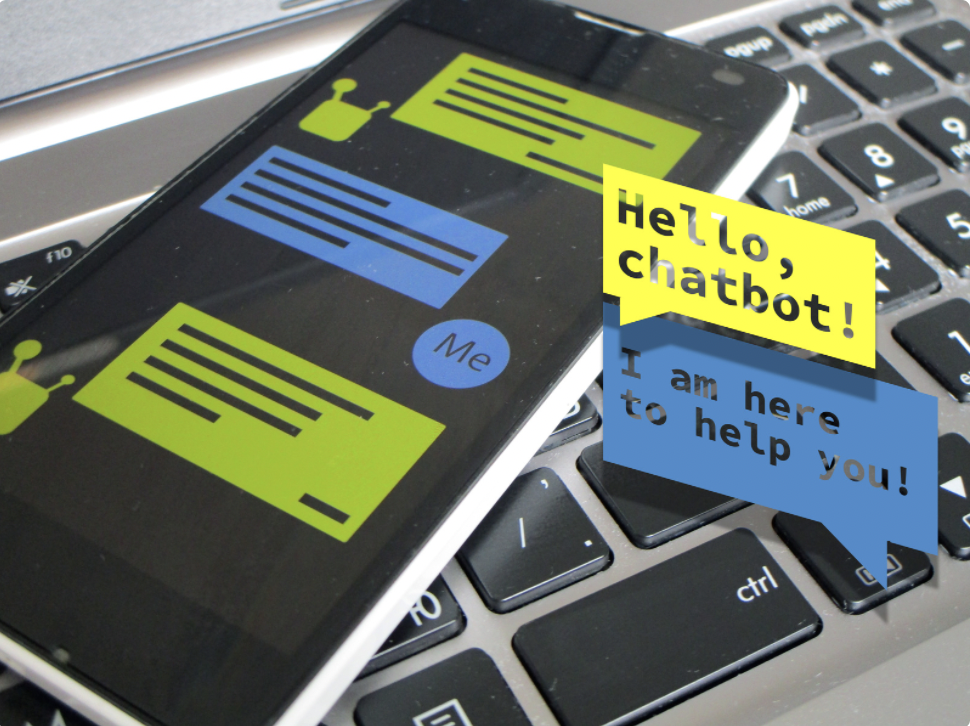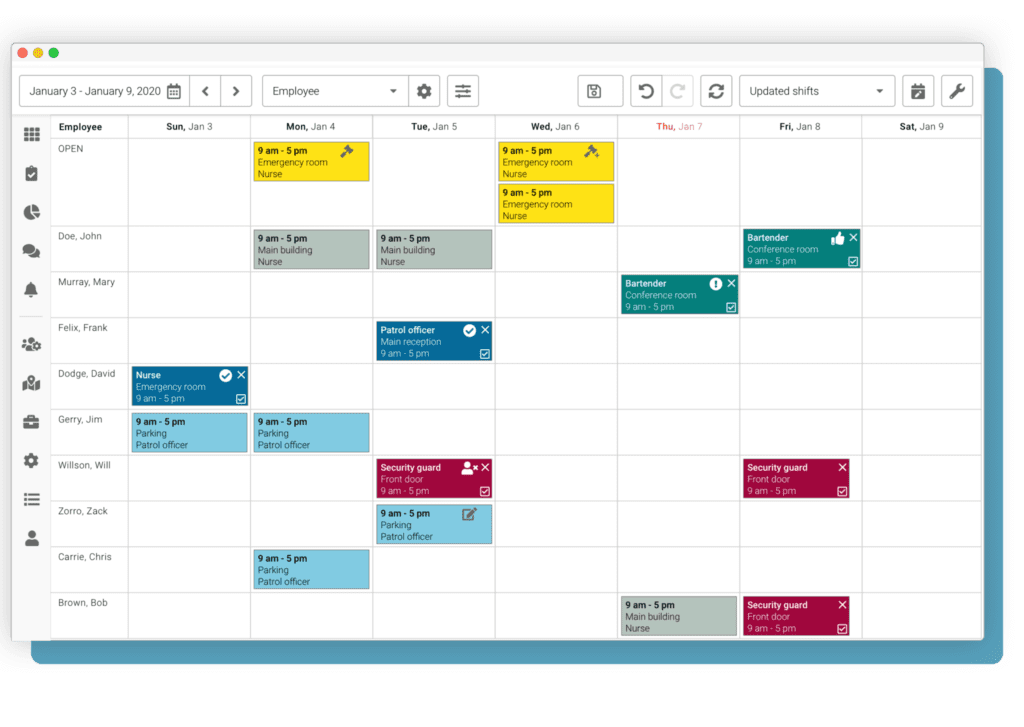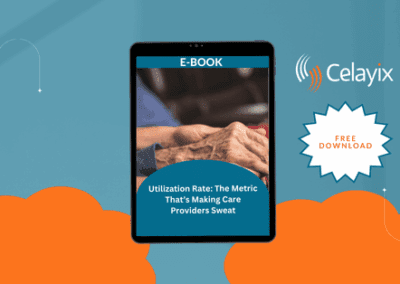Artificial Intelligence, or AI, was created and coined in 1956, approximately seven decades back. However, this term has only become of prominence in the past two decades. So much has transformed since then in computer science that we often forget how life was without AI. Artificial Intelligence has become a big part of our everyday lives, and it would be impractical for businesses not to take advantage of the benefits of using AI in the workplace. AI is forecasted to have an annual growth of 33.2% by 2027, making the wearable AI market size reach an estimated $200 billion. The way Artificial Intelligence has seeped into our personal and professional lives, it’s a matter of time until businesses revolve themselves around this technology.
AI is forecasted to have an annual growth of 33.2% by 2027!
SEMRush
While humans are still a great necessity to businesses, there are various ways Artificial Intelligence can be applied to our workplace to change the needs of a workforce. Let’s look into how businesses currently use AI in the workplace.
Applications of AI in the Workplace

Artificial Intelligence is likely to take over some of the employees’ tasks, but they are not expected to take over our jobs. Here are some of the contributions from AI in the workplace.
Recruitment and Onboarding
Companies often spend significant time on recruitment and onboarding. Due to the high turnover of employees, companies can find this task costly and inefficient. It takes approximately 42 days on average for an employer to replace an employee. Depending on the role of the job, these turnovers can cost companies as much as $4000 per employee due to lost revenues and training expenditures. Where does AI come into the picture here?
Various AI-powered solutions provide an assessment of candidates for different job roles. These solutions reduce any potential for recruitment bias by assessing candidates on a range of skills and traits measured through interviews and standardized tests. For instance, Pymetrics is a tool that ‘uses cognitive data and AI to help’ companies make their hiring and internal mobility more predictive and less biased. Rather than assessing employees on their resumes, Pymetrics uses algorithms to find the best talent based on true potential: their inherent cognitive and emotional make-up. The goal is to serve as a common application for candidates, providing employers with a pool of potential employees that best fit your company needs.
In terms of onboarding, companies have employed AI-powered chatbots to train and help employees with the system and their roles. These chat bots are another application of AI in the workplace.
Chatbots

What are Chatbots?
Chatbots are computer programmes that simulate human conversation via text or voice messages. They are likely one of the most common uses of AI in the workplace.
Why do businesses use chatbots?
Chatbots are primarily an investment for managing repetitive tasks like customer service. They are becoming a driving force for business communications, programmed to match human behaviour. To elaborate, chatbots are an alternative way for businesses to provide customer assistance with any business-related problem that they experience.
How are Chatbots and AI-related?
Chatbots use Artificial Intelligence to understand and respond to spoken or written language. Without AI, chatbots would not be able to perform their role.
Why would customers use chatbots over actual human interaction for their business-related needs?
Chatbots are the technological bridges between businesses and consumers. Chatbots are designed to provide faster, improved online experiences for customers. While they are currently unable to offer the same technical or complex support that humans can, they are improving to be more human by;
(1) providing customized experiences unique to each customer to build positive relationships;
(2) boosting customer loyalty;
(3) improving perceptions to satisfy consumers and gain positive feedback.
What’s going to happen in the future for chatbots?
As chatbots are expected and projected to become more human over time, the next challenge for chatbots is to comprehend and process a customer’s intent which otherwise leads to misinterpreted requests and responses. While a significant proportion of the population is skeptical about handling these challenges, the role of chatbots in business marketing is only rising. Chatbots are projected to become mainstream, informing business engagement. Chatbots are prepared to go through transformational changes that will be implemented across several core business processes. These include:

- Automating business processes
- Predicting consumer behaviour
- Recommending products and services
- Streamlining customer support experiences
As you can see, the role of AI in the workplace is growing quickly and will soon be part of the norm.
Surveillance
One of the most significant difficulties of implementing AI to its full extent in a business is the idea of being monitored at all times. While AI can pass through physical and personal walls, it can be handy for a company for surveillance purposes. According to a Gartner survey, more than 50% of companies with a turnover above $750 million use digital data-gathering tools to monitor employee activities and performance. The reason for surveillance is understandable. However, the extent to which an employee or a customer should be observed is a topic of debate.
This is not to suggest that AI in surveillance is entirely controversial. Companies often use AI to analyze the content of emails to determine employee engagement and customer satisfaction. Companies often also incentivize employees to use AI specialized apps to gather data about health or work. This way, companies can always have aggregated, anonymized data on employees that can be used to help them become more productive.
The challenges with surveillance through AI might sustain in the future, as long as employees find it particularly intrusive. However, they can also be instrumental in breaking down other workplace problems such as workplace bullying or harassment.
Scheduling

One of the most practical uses for AI in the workplace is looking at vast amounts of information that a human is incapable of. In employee scheduling, businesses are provided with data of a lot of employees in the pool. When the company is relatively smaller, with 10 to 20 employees, the need for AI is minimal. As companies start to grow and scale, the importance of having a rules-based AI engine also starts to grow.
What does AI in scheduling do, in general?
AI pushes scheduling to the next level and can discover new rules from historical data. Instead of trying to find patterns manually, AI can use machine learning and deep neural networks from the historical scheduling data of the client to discover rules. This dramatically reduces the workforce needed to find regulations and customize predefined rules for each client. As a result, employers and schedulers can automatically create schedules based on employees’ available information without requiring much manual configuration.
Importance of machine learning in scheduling
In 2019, the machine learning application industry received $37 billion of funding in the U.S. That’s how much significance governments have given to machine learning to better study computer algorithms and data. Machine learning models give scheduling companies like Celayix the ability to provide the best AI solutions to their users.
Video: How Celayix Allows you to Apply AI in the Workplace:
Celayix uses AI for two of its tools.
- To recommend best-fit employees: Celayix AI provides schedulers suggestions for any shift based on employee qualifications and availability. Employee scheduling becomes much easier when schedulers are automatically told who the best employee is for any shift. By ranking and rating employees in terms of qualification, employers can easily decide the best-fit employee for any shift.
- Verify schedule feature: This feature can be used in case there are already shifts assigned. This feature often provides schedulers places of improvement, which can often occur if employees miss a shift.
Celayix also uses AI to add value-based recommendations in existing features, such as autofill and shift-bidding. Further, Celayix uses AI and its rules engine for its Find Replacement feature to provide a superior alternative to typical shift-swapping solutions. This makes Celayix’s AI one of the most exciting and practical tools for scheduling.
What does AI offer to your workplace?
AI definitely has a lot to offer to any company, and it can help them stay competitive. Data is the backbone of companies in the 21st Century, and AI is the most effective tool for the following:
- Ensuring Compliance
- Ensuring Efficiency and Increasing Productivity
- Analysis of Complex Data
The most prominent use case for AI in the retail industry is customer engagement (chatbots, predictive behaviour analysis, hyper-personalization). Over time, consumers have also shown greater engagement with AI-Powered Robots. Their importance for business marketing is rising as 48% of marketing leaders agree that digital and mobile technologies (such as chatbots) have caused the most significant difference in how their customers and prospects interact with them.
As a result, it is time to be open-minded to adjusting your business goals, focus on growth through AI instead of cost reduction as the world moves towards autonomy.




